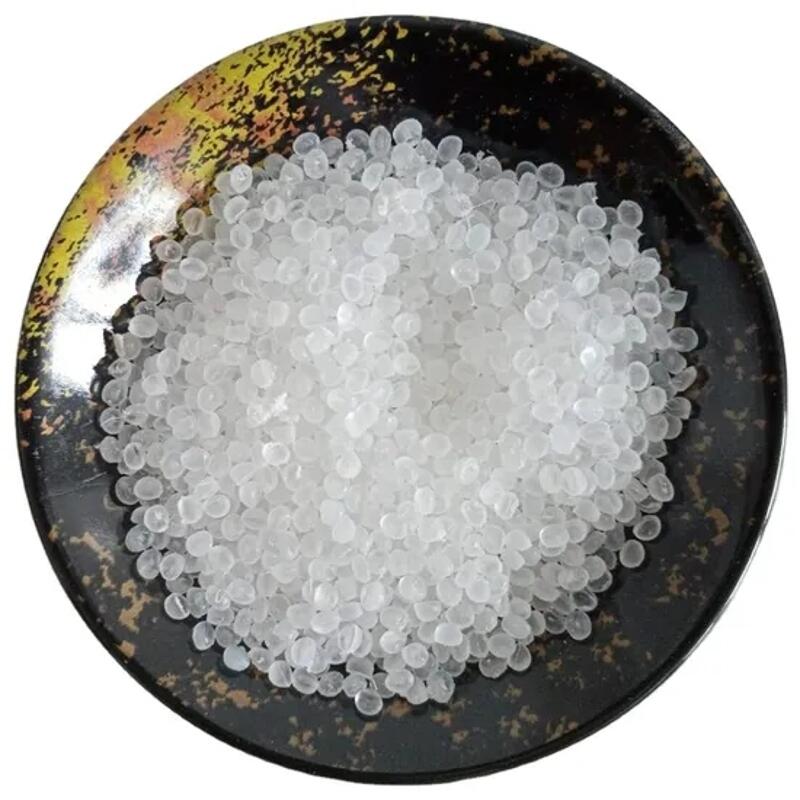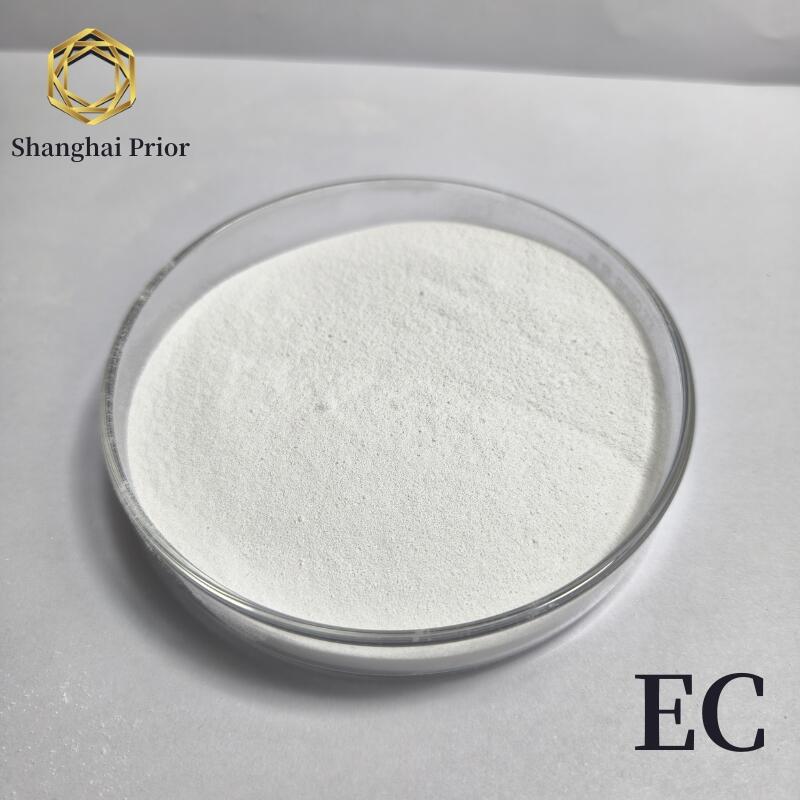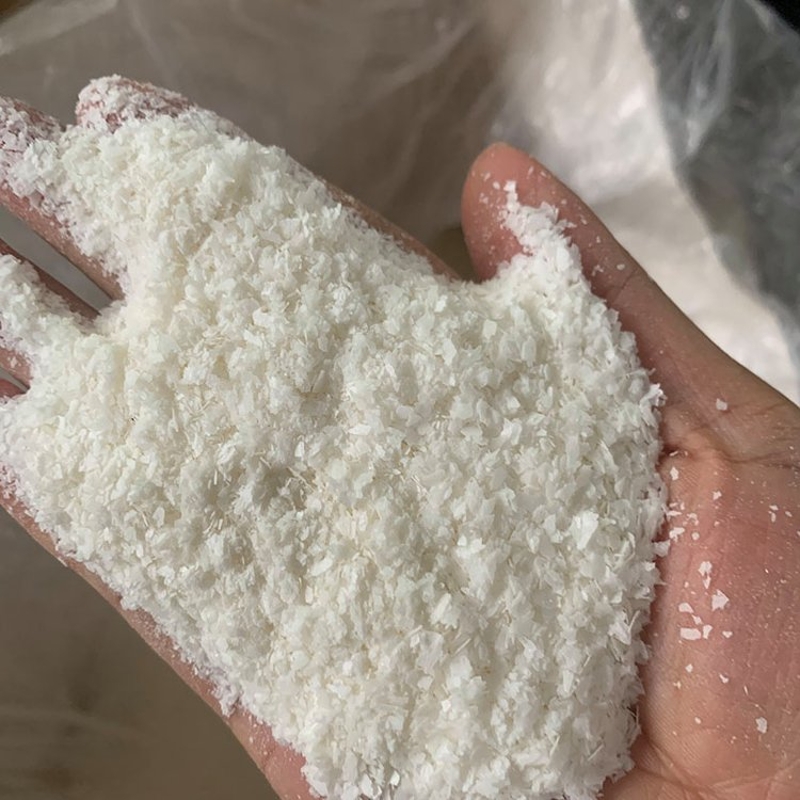-
Categories
-
Pharmaceutical Intermediates
-
Active Pharmaceutical Ingredients
-
Food Additives
- Industrial Coatings
- Agrochemicals
- Dyes and Pigments
- Surfactant
- Flavors and Fragrances
- Chemical Reagents
- Catalyst and Auxiliary
- Natural Products
- Inorganic Chemistry
-
Organic Chemistry
-
Biochemical Engineering
- Analytical Chemistry
-
Cosmetic Ingredient
- Water Treatment Chemical
-
Pharmaceutical Intermediates
Promotion
ECHEMI Mall
Wholesale
Weekly Price
Exhibition
News
-
Trade Service
3D printing is a fast forming technology, also known as material construction. Compared to material reduction construction, 3D printing is based on 3D digital models, using powdered metal or plastic, liquid photosensitive polymer materials, etc., to construct objects by three-dimensional layer-by-layer printing.
3D printing type
3D printing is usually divided into two categories according to the molding process: sedimentary raw material manufacturing and bonding raw material manufacturing, covering more than a dozen specific 3D fast manufacturing technology
. At present, there are 5 kinds of mature technologies: UV photo-cured 3D printing, FDM-volume molding, LOM-layered solid manufacturing, 3DP-3D powder bonding and SLS-selective laser sintering.
UV photo-curing 3D printing
compared to other 3D printing technology based on melting/bonding as the molding principle, UV photo-curing 3D printing through the principle of ultraviolet curing, liquid photo-sensitive polymer material added to solid-state molding parts, with strong controllability, simple operation, high precision, smooth finished surface and so on. According to the equipment process, the market more mature UV light curing 3D printing is divided into SLA and DLP two kinds.
DLP-3D printing typically uses photo-cured free-form acrylics commonly used as the primary raw material for rapid photo-curing molding. Compared to DLP-3D, SLA-3D usually prints work pieces that are larger and take longer to print, overcoming the inherent oxygen impedance and high shrinkage of pure free-based light curing.
cation curing system based on fat ring epoxy has the advantages of low shrinkage, high mechanical strength and no oxygen resistance, so it is widely used in SLA-3D printing formula. At the same time, the introduction of fat ring epoxy group is helpful to improve mechanical performance and curing speed to varying degrees.
Jiangsu Tatel new materials, is specialized in the development, production, sales and technical services of lipid ring epoxy resin high-tech enterprises, has grown into one of the mainstream suppliers of lipid epoxy resin, the current stable supply of lipid epoxy resin, used in SLA-3D printing.
TTA21 series: 3,4 epoxy methyl acid-3,4 epoxy methyl methyl
. TTA26 Series: Double (3,4-epoxy ethyl) methyl
TTA3150: Poly (2-ethylene oxide)-1,2-cyclohexyl glycol) 2-ethyl-2-(hydroxy) Methyl)-1,3-propylene glycol ether (3:1)
Future Application Trends
3D printing technology combines mechanical, material, computer, communications, control technology and biomedical technologies to greatly shorten product development cycles, reduce research and development costs, and facilitate the manufacture of complex shaped work tools in one.
the development of human civilization can not be separated from the progress of molding technology, from the original ancestors polished the first stone, each molding technology innovation will bring about a large-scale technological revolution, thereby changing everyone's lives. The author believes that 3D printing will prove that it is one of the most transformative and influential technologies of the Fourth Industrial Revolution, and will certainly have an important impact on manufacturing production patterns and human way of life in the future.
.







